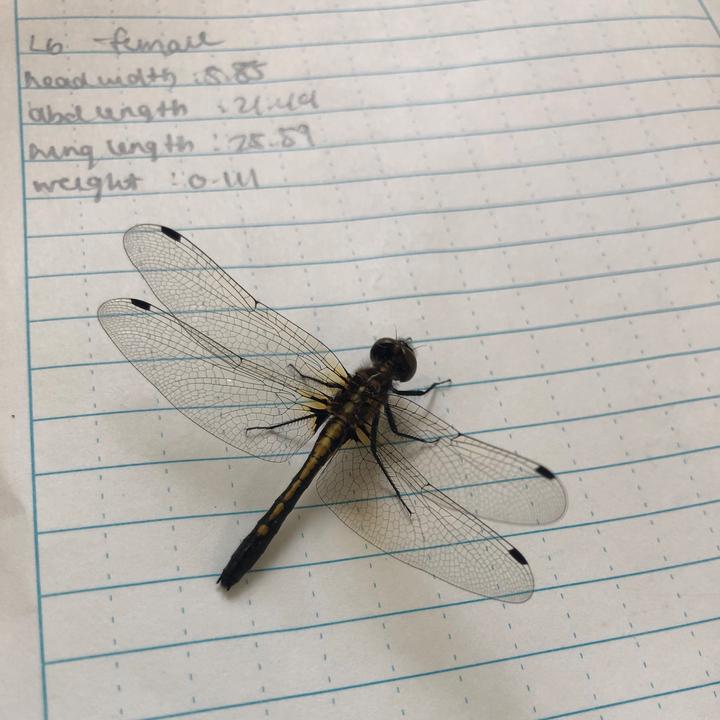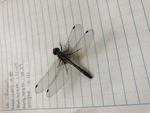Salty dragonflies
 Photo by Vicki M. Zhang
Photo by Vicki M. ZhangFrom May to August 2019, I lived and worked at the Koffler Scientific Reserve at Joker’s Hill (KSR), supervised by Rosalind Murray in the McCauley Lab. At KSR, I investigated the effect of road salt pollution on dragonfly survival.
How does road salt effect dragonfly survival and success?
Every winter, tens of millions of tons of de-icing road salt are used to clear roads of snow and ice. In urban cities with impervious surfaces, the salt runs off into freshwater habitats, resulting in high levels of salinity. How does this increase in road salt effect urban aquatic organisms?
In order to investigate this, we used dragonflies as a study organism. Dragonflies play a dominant role in freshwater communities, and are important predators throughout their lifetimes. As nymphs, dragonflies prey on aquatic organisms, and as adults, they control human disease vectors by preying on mosquitoes. Additionally, dragonflies are essential resources for birds, fish, and other higher trophic level predators. The specific species used was Leucorrhinia intacta, the Dot-tailed Whiteface.
I exposed dragonfly nymphs at multiple life stages to four different salinity levels: control (no salt added), low and moderate salinity (below the experimentally-derived lethal threshold), and high salinity (above the lethal threshold). The data collected will be used to analyze the effects of salinity exposure on growth rate, survival and metamorphosis of the dragonfly nymph.
Research at KSR
Funding was provided by the KSR undergraduate student research award. Every year, many graduate and undergraduate students from multiple departments conduct field research at KSR. Check out KSR on Twitter for updates on research updates and outreach events!
